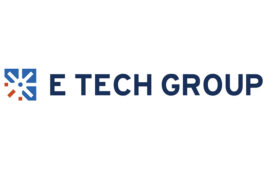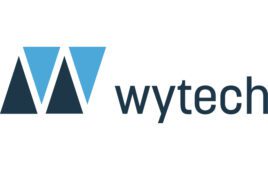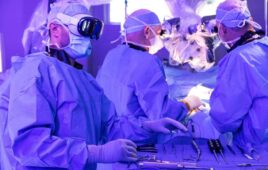Just as medical teams must adapt to new remote care options, medtech manufacturers must provide remote, virtual solutions to provide demonstration, training and support for new technologies.

(Image courtesy of Eitan Medical)
Roger Massengale, Eitan Medical
As the world grapples with COVID-19, we continue to come to terms with our new, strictly virtual realities. Understandably, the healthcare industry has also been affected by this virtual shift, made apparent by the recent rise in the use of remote patient monitoring and telehealth solutions.
This shift has not only changed many of the standard protocols and processes for medical teams, but affects the entire ecosystem, from device manufacturers, supply chain and distributors to sales teams responsible for training and demonstration of new medical technologies and devices.
Medical device demonstration hurdles
Medical device demonstration has continuously evolved and adapted to accommodate an ever-changing healthcare environment. Like most industries, the medical device market originally depended on company representatives pitching new solutions to hospital decision-makers in the hope to answer medical staff needs with innovative or tailored technologies.
Significant changes within the industry came with the introduction of the Anti-Kickback Statute and the Stark Law, whose combined goal was to prevent unethical transactions and kickbacks, in which something of value is knowingly and willingly provided to induce a referral. As a response to these regulations, the Advanced Medical Technology Association (AdvaMed) instituted its code of ethics in 2003, setting new standards for ethical interactions between healthcare practitioners and medical device companies. This code, created to further prevent unfair practices, kickbacks and perverse incentives, was developed to advocate for the highest ethical standards and help fight for patient access to safe, effective and innovative medical technologies that save and improve lives.
In an effort to control cost escalation and assure proper decision-making processes, healthcare facilities then began to assemble value analysis committees to provide multidisciplinary reviews of the efficacy and cost-effectiveness of new devices. This new hurdle forced device representatives to adjust their sales approach to address the concerns of multiple decision-makers, adding an extra layer of difficulty to the demonstration process.
Access to facilities was also restricted by new vendor credentialing systems, which allow sales representatives to demonstrate new solutions upon request and invitation only. Additionally, gaining access compliance with facility policies proved to be complex, time-consuming and very expensive.
Virtual device demonstration — The new normal
With COVID-19 in full swing, an unprecedented new hurdle has come into play for company sales teams: social distancing. Understandably, company representatives are only allowed into hospital environments for critical and urgent situations. This means that in-person meetings with key decision-makers and value analysis committees are extremely challenging, requiring further adaptation from the medical device industry to address this new reality.
If they haven’t already, medtech sales reps will have to restructure their work processes to support online training and in-servicing. Company sales representatives will have to adapt to virtual training with customers over internet-based communication platforms, like Zoom, Microsoft Teams and company websites, which now need much more educational material than ever before.
For device demonstrations, manufacturers will need to become accustomed to shipping a sample device to the prospective hospital and then have company representatives demo the device to key medical staff and decision-makers via video conferencing platforms.
Surprisingly, this virtual interaction can be more comfortable for potential customers, as there is less pressure with the company representative on the other side of a screen as opposed to being in the room with them. In fact, many have voiced their preference for this new approach. Virtual sessions can easily be recorded (with permission, of course) for later consumption by providers who couldn’t attend the meeting.
From a support perspective, manufacturers must shift to make materials and education resources available online for medical teams and maintenance staff to access on-demand, not only when a representative or manufacturer technician is present. Considering that each hospital system is unique, device manufacturers can incorporate custom learning models into their digital repertoire to cater to the needs of individual hospitals and health systems and to better streamline employee training certification, device usage and maintenance.
Going digital also comes with notable benefits for manufacturers. COVID-19 has forced all of us to recognize that companies do not always have to fly sales representatives or technicians to prospective customers or current clients and incur substantial travel-related expenses. Representatives can meet virtually with more customers from the convenience of their home, expediting the process while reducing costs. The virtual medical device sales cycle has, in fact, brought about surprising new operational efficiencies for many companies.
Going digital and beyond
While this switch to digital interactions does not come as a surprise, its comprehensiveness is unique and requires seismic efforts to adapt. This new virtual approach to medical device demonstration and training has brought about new levels of sophistication and efficiency and requires that new medical devices speak for themselves.
Roger Massengale is the chief commercial officer of Eitan Medical, a developer of infusion therapy systems for hospitals, ambulatory & home settings, as well as wearable solutions for easy self-administration. He holds more than 100 patents and has launched products that have generated over $1 billion in medical device sales.
The opinions expressed in this blog post are the author’s only and do not necessarily reflect those of Medical Design and Outsourcing or its employees.




